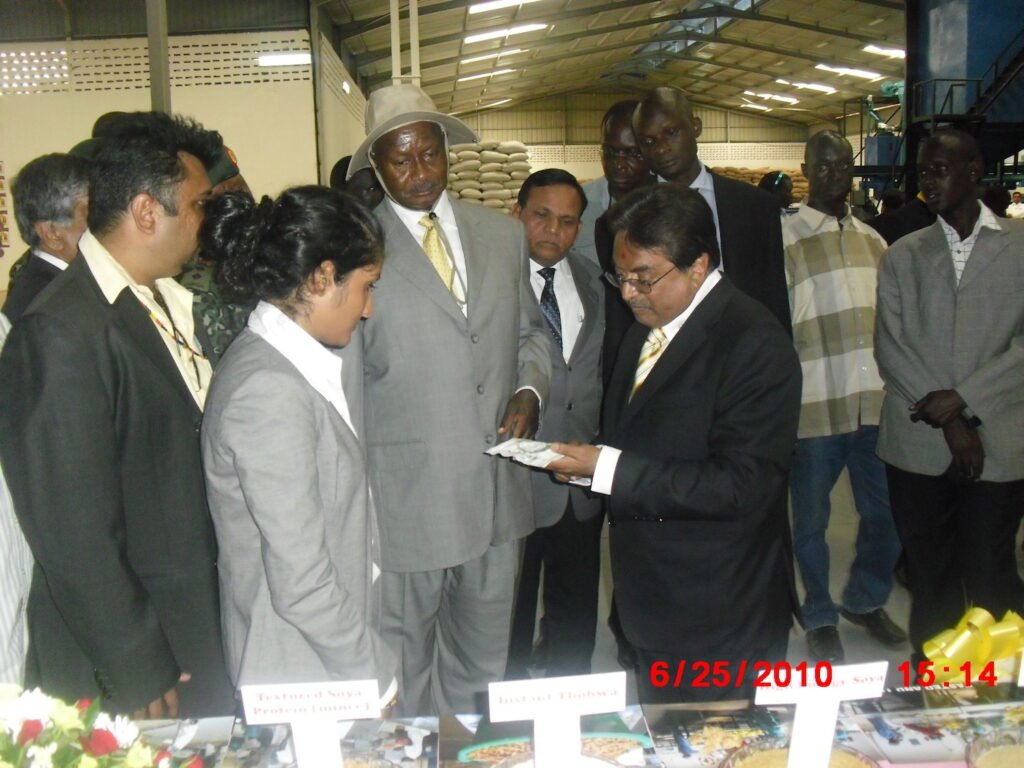Africa’s agro-ecological conditions and strong market dynamics provide a perfect environment for investments.
Most importantly, the government here is committed to marketdriven growth making it a perfect destination for business investments. The seeds that we had sown 20 years back, for example, have grown into bountiful trees and are now producing a great harvest of fruits.
I have plenty of ideas to share with you on what you could do if you are considering investing in Africa and the answers to some of the common questions often raised about the continent’s economic future.
Is Africa rising? Why is now the right time to invest in Africa? What will a rising Africa demand? Who will supply that demand and how will they get it to the market? Former Indian Prime Minister Manmohan Singh recognised Africa as the growth pole of the world back in 2011.
Data indicate that Africa is rising, at a rapid rate, and the economic, demographic, political and social factors necessary to sustain growth are present. Africa has started a journey of economic transition over the past five years. East African countries have experienced at least 5.0 percent growth rates from 2017, led by Kenya, Ethiopia, Rwanda, and Tanzania.
Investors are drawn to East Africa alone for a variety of reasons, including its favourable economic growth, political stability, improved regulatory environment, and a sizable market of about 120 million people.
Because it is a sizable economic region with a steadily expanding consumer market, East African nations are becoming more and more attractive to major consumer firms and foreign investors.
East Africa’s economy is booming with a yearly GDP growth trending upwards. Its geographic location provides connectivity with the rest of the world thus boosting its capital markets as well as well-established private sectors lead its growth.
Agriculture accounts for around 36 percent of the East African economy’s GDP and a massive 17 percent of the entire African continent’s GDP. A wide range of food and cash crops are available for large-scale commercial farming.
Agriculture is the backbone here, playing a key role in the continent’s industrial development and trade. This sector itself employs about 80 percent of its labour force and accounts for about 65 percent of foreign exchange earnings.
It contributes to more than 50 percent of raw materials to the industrial sector alone. From this, Tanzania contributes 65 percent share of total employment in agriculture sector.


